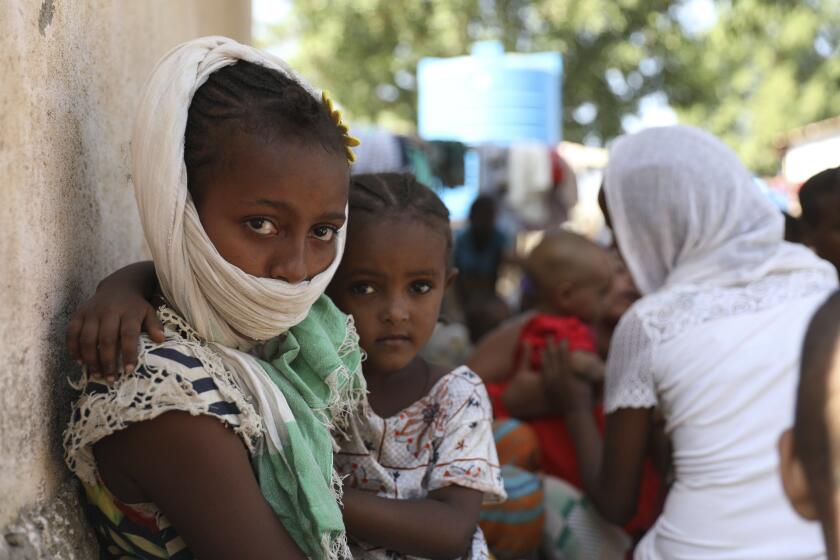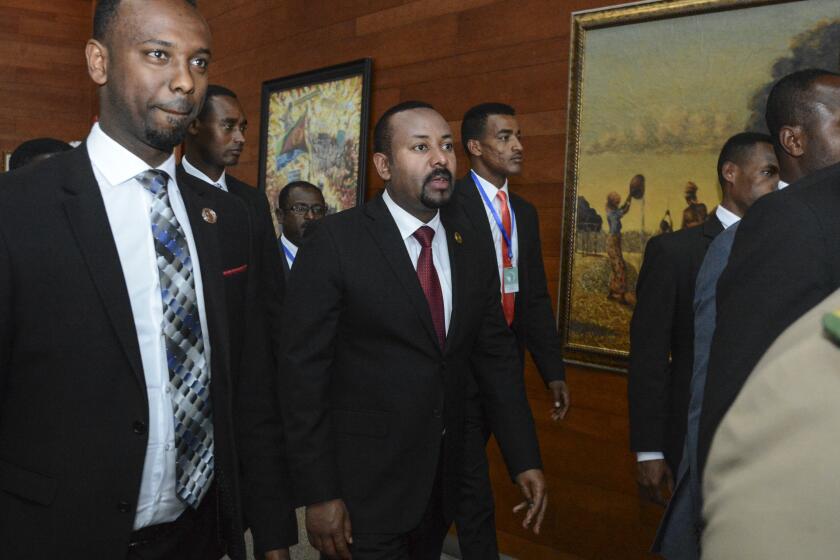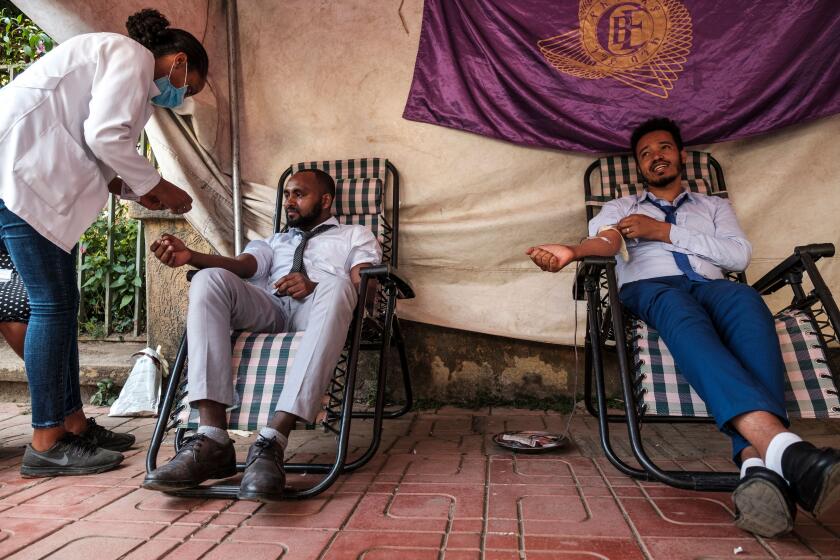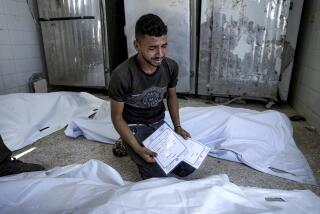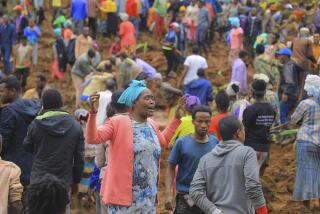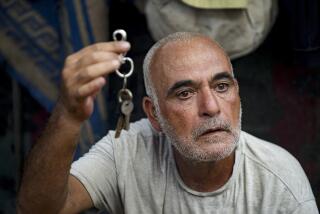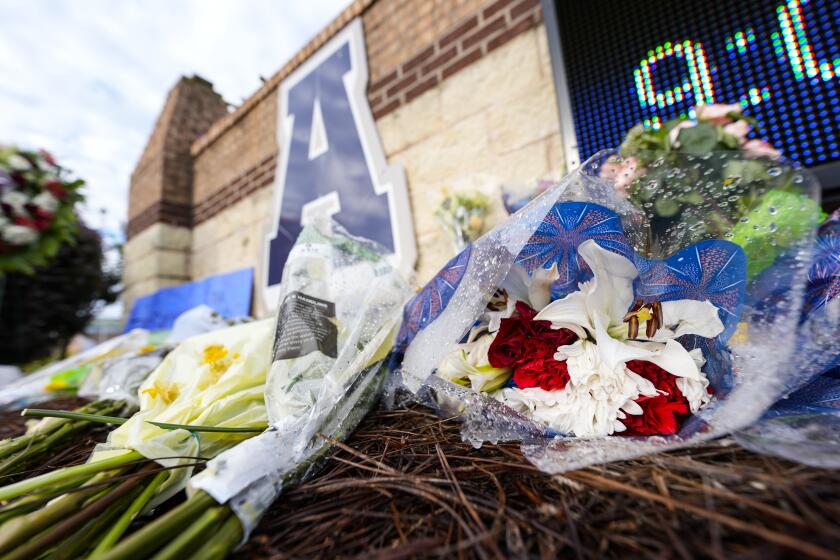âWe just ranâ: Ethiopians fleeing war find little relief
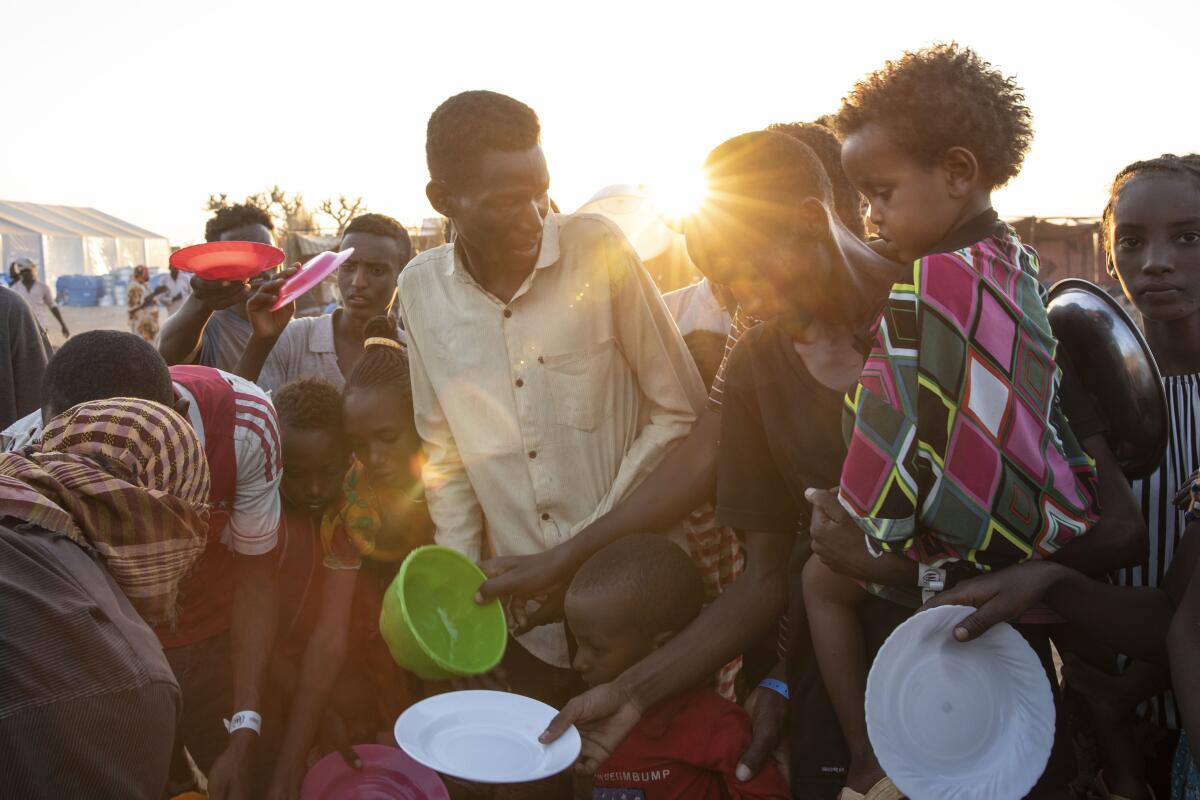
UMM RAKOUBA, Sudan â The baby was born on the run from war. Her first bath was in a puddle. Now she cries all night in a country that is not her own.
Wrapped in borrowed clothing, the child is one of the newest and most fragile refugees among the nearly 40,000 who have fled the Ethiopian governmentâs military offensive in the defiant Tigray region.
They have hurried into Sudan, often under gunfire, sometimes so quickly that they had to leave family behind. There is not enough to feed them in this remote area, and very little shelter. Some drink from the river that separates the countries, and more cross it every day.
âWe walked in the desert. We slept in the desert,â said Blaines Alfao Eileen, who is eight months pregnant and has befriended Lemlem Haylo Rada, the mother of the newborn. One of the women is ethnic Tigrayan, the other ethnic Amhara. The conflict could have turned them against each other, but motherhood intervened.
That, and tragedy. âI do not know where my husband is and whether heâs alive,â Eileen said.
Her journey took four days. âI slept on this scarf that I am holding,â she said, âand I would wake up and do it again.â
Africaâs second-most populous nation and its northern Tigray region wage war against each other in a clash that threatens to send millions of civilians fleeing for safety into politically fragile neighboring countries.
Almost half the refugees are children under 18. About 700 women are currently pregnant, the United Nations says. At least nine have given birth in Sudan.
It has been three weeks since Ethiopian Prime Minister Abiy Ahmed sent federal troops into Tigray after accusing the regionâs forces of attacking a military base. Abiyâs government and the regional one each view the other as illegitimate, and the Nobel Peace Prize-winning prime minister warned Sunday that a final assault to take Tigrayâs capital was imminent.
Civilians are caught in the middle of what some experts describe as a conflict akin to an interstate war, so heavily armed is each side.
Many people barely know what the conflict is about. People of all classes, from bankers to subsistence farmers, spend up to two weeks in so-called transit centers, waiting in makeshift shelters in arid, almost treeless surroundings just over the border in Sudan. The wait used to be just two or three days.
Prime Minister Abiy Ahmed left Ethiopians breathless in 2018 by making peace with enemy Eritrea. Now heâs girding the country for possible civil war.
Some refugees have little to protect them from the heat and sun, and curl under possessions as meager as umbrellas. Men have begun weaving dried grass into temporary homes.
COVID-19 could be passing through the crowds, but the peopleâs focus is elsewhere. More wear crosses around their necks than masks on their faces.
The local Sudanese villagers have been praised for their generosity, but they have little to give.
More permanent camps for the refugees are several hoursâ drive away, and there is sometimes not even enough fuel to transport them there. The threat of hostilities remains while they wait so close to the border.
Ethiopia nears civil war, threatening the stability of one of the worldâs most strategic regions. Here are key reasons for the international alarm.
Some humanitarian workers have used the bare floor of a local building as a makeshift hospital, treating wounds that refugees say were inflicted with machetes as Ethiopiaâs long-pent-up ethnic tensions were unleashed. Authorities are trying to keep ethnic Tigrayan refugees separate from ethnic Amhara ones, out of concern about possible clashes.
âWe donât know who is fighting us,â said Aret Abraham. âWe donât know who is with us or who is not with us. We donât know. When the war came, we just ran.â
There is little comfort to be found â not even a hot meal. The refugees can wait several hours to receive food. Sometimes they get none.
âI have been here 14 days and have not received anything,â one said. âI have no clothes to wear.â But everyone wears the new plastic bracelet given to each refugee as the U.N. registers them.
News Alerts
Get breaking news, investigations, analysis and more signature journalism from the Los Angeles Times in your inbox.
You may occasionally receive promotional content from the Los Angeles Times.
People sit and wait. And wait.
One small girl, frustrated, twisted the head of a plastic doll until the head popped free. A man wept into the crook of his arm as he held up a tiny photo of his 12-year-old son. The boy was shot dead, he said.
The more permanent camps were last used in the 1980s for Ethiopians fleeing a famine worsened by a years-long civil war.
For a long time, those images of starving people were seared onto Ethiopiaâs reputation. It took decades to turn the country into one of Africaâs biggest success stories, with one of the worldâs fastest-growing economies. Behind the boom, political repression kept hostilities among ethnic groups in check.
âWe felt like weâd made it, and we were happy,â recalled Menas Hgoos, who now finds herself fleeing to Sudan a second time. âAnd now Abiy Ahmed is attacking us, we just left with only the clothes on our backs.â
Many of the new refugees are too young to remember past miseries. They are suddenly too burdened with their own â and with worries for those who did not make it out.
âThere are also a lot of people who live there who canât escape here,â said Haftoun Berha, pausing to think of loved ones who are now impossible to reach. âThat is so more sad.â
More to Read
Sign up for Essential California
The most important California stories and recommendations in your inbox every morning.
You may occasionally receive promotional content from the Los Angeles Times.
